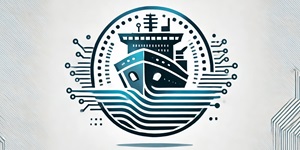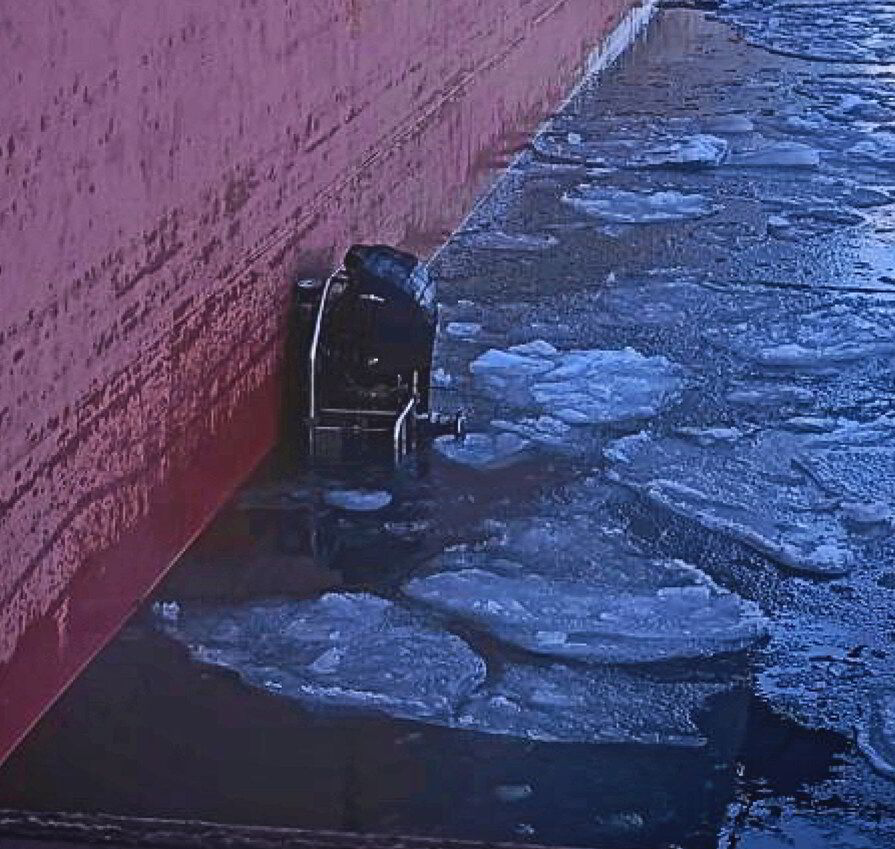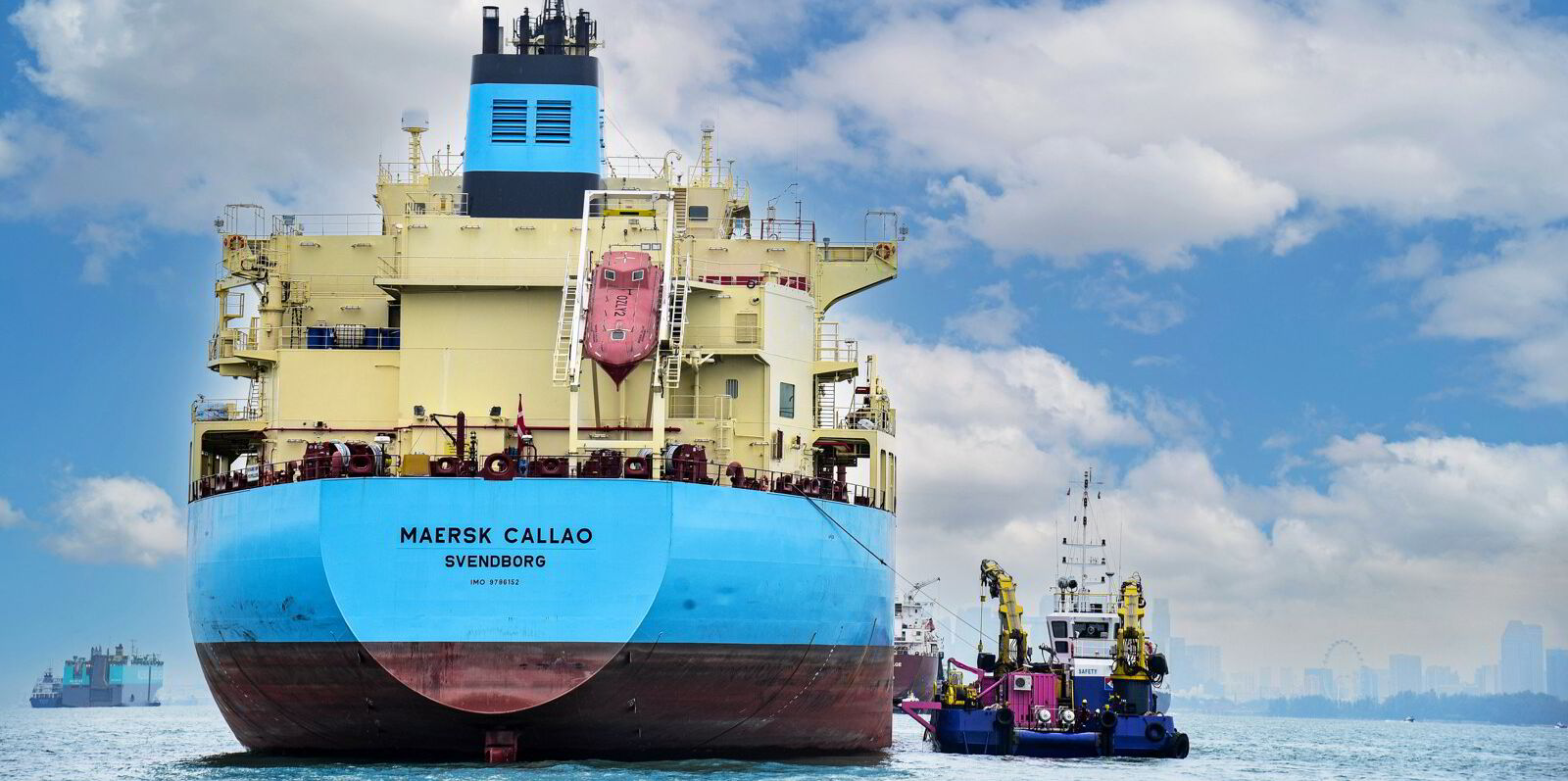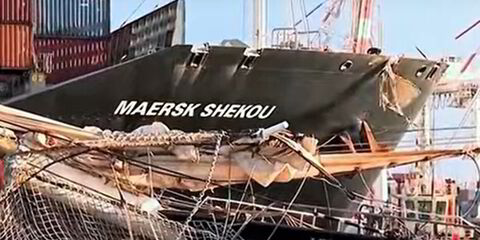Elizabeth Chan, chief executive of Chinese start-up Neptune Robotics, knows a thing or two about leading a rapidly growing business in a highly competitive market.
There are about a dozen hull-cleaning companies like hers looking to win permits to work in busy ports with robots rather than divers.

The firm claims to have 30 autonomous robots in service based in five operations centres, which cover 60 ports along China’s coastline.
This scale has largely been achieved through $17.2m in series A investments the company secured two years ago.
Backers included Sequoia China, a division of Sequoia Capital, the US-based venture capital giant that was one of the first investors in Apple, Google, WhatsApp and Shein.
Now Chan is eyeing further expansion.
Neptune recently added Singapore as a service port and is planning a westward expansion and developing systems for autonomous propeller polishing.
For that, it will be looking at raising funds through another investment round, possibly three times the value of the first, according to Chan.
“We are not burning cash,” she said, claiming to already work on a profit, have good cost management and an effective supply chain.

“Our clients need scale and to be a major supplier you need to cover enough ports,” she added.
For the expansion, she has her eyes on the Middle East and South America, both without too much competition from rivals, according to Chan.
Chan is energetic when talking about the company, its direction and achievements.
She has the drive and passion one would expect of an entrepreneur.
Chan and her two co-founders, chief technology officer Jacky Im and chief operations officer Kate Ma, came together during a UK-based robotics start-up competition.
They invented an aquatic robot that could leap out of the water, which inspired the forging of Neptune.
Chan and her competitors, including ECOsubsea founder Tor Ostervold, agree that robotic cleaning is faster and safer than diver-based methods.
However, that is where the agreement ends.
Hull cleaning companies vary widely, and the claims about the benefits of each method can be quite complex.
But according to Chan, Neptune has three unique advantages over its competitors.
Chan said one selling point is the ability to work above the waterline to clean exposed hull as well as the submerged parts, which she said becomes important on large bulk vessels discharging quickly.
Another is the ability to work in ports with currents of up to four knots due to the strong magnetic tracks on the robots.

The third is the ability to work fully in muddy water, and this is where the artificial intelligence ensures a full clean even when the robots’ high-resolution cameras can no longer capture clear images.
For Chan, this is the key differentiator, with the use of algorithms and AI allowing the system to offer advice to a remote operator when there is no visibility.
The company has the plans of the most common hull forms on record and where possible obtains more detailed drawings from shipowners to help the algorithms feed information to the AI, which then advises the operator, she said.
Neptune does collect the detritus from the hulls, as mandated by authorities in Singapore and China, said Chan, but leaves that option open to owners if the vessel is at anchorage..
She acknowledges that owners and ports might want or mandate the collection and safe disposal of any hull-cleaning waste to prevent the spread of invasive species.
(This article was amended to reflect the fact that Neptune Robotics does collect hull fouling when removed from hulls of vessels when berthed in China and Singapore)(Copyright)





